Books from our Shelf to a Better Workplace
Agile
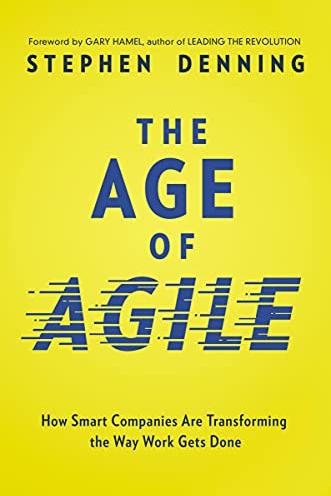
The Age of Agile
by Steve Denning
An unstoppable business revolution is under way - and it is Agile. Companies that embrace Agile Management learn to connect everyone and everything . . . all the time. They can deliver instant, intimate, frictionless value on a large scale.
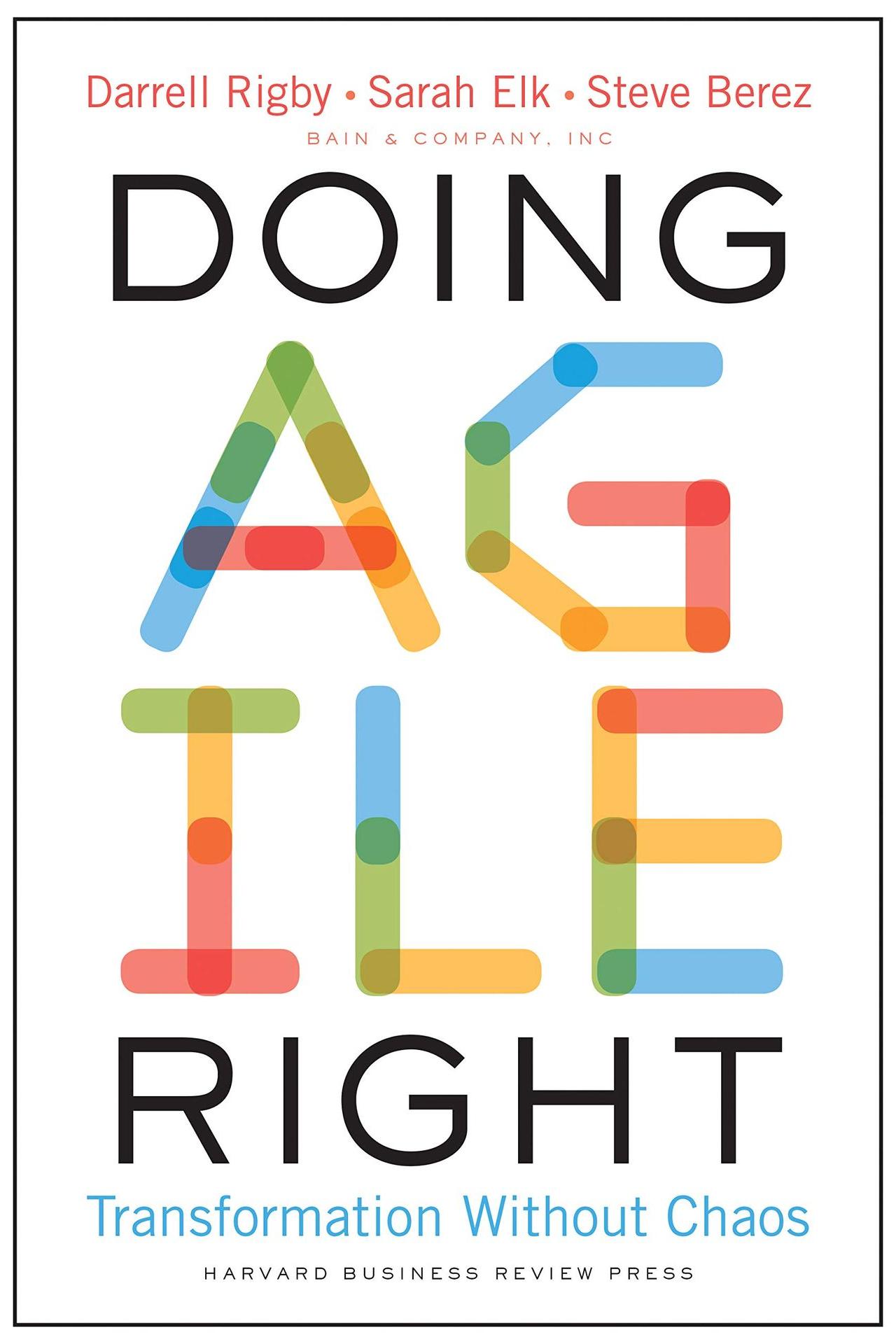
Doing Agile Right
by Darrell Rigby, Sarah Elk & Steve Berez
Agile is a means to the end of a high-performance, innovative operation. This book is the must-have guide for organizations trying to make the transition - and for those already there, a way to avoid or recover from its potential pitfalls.
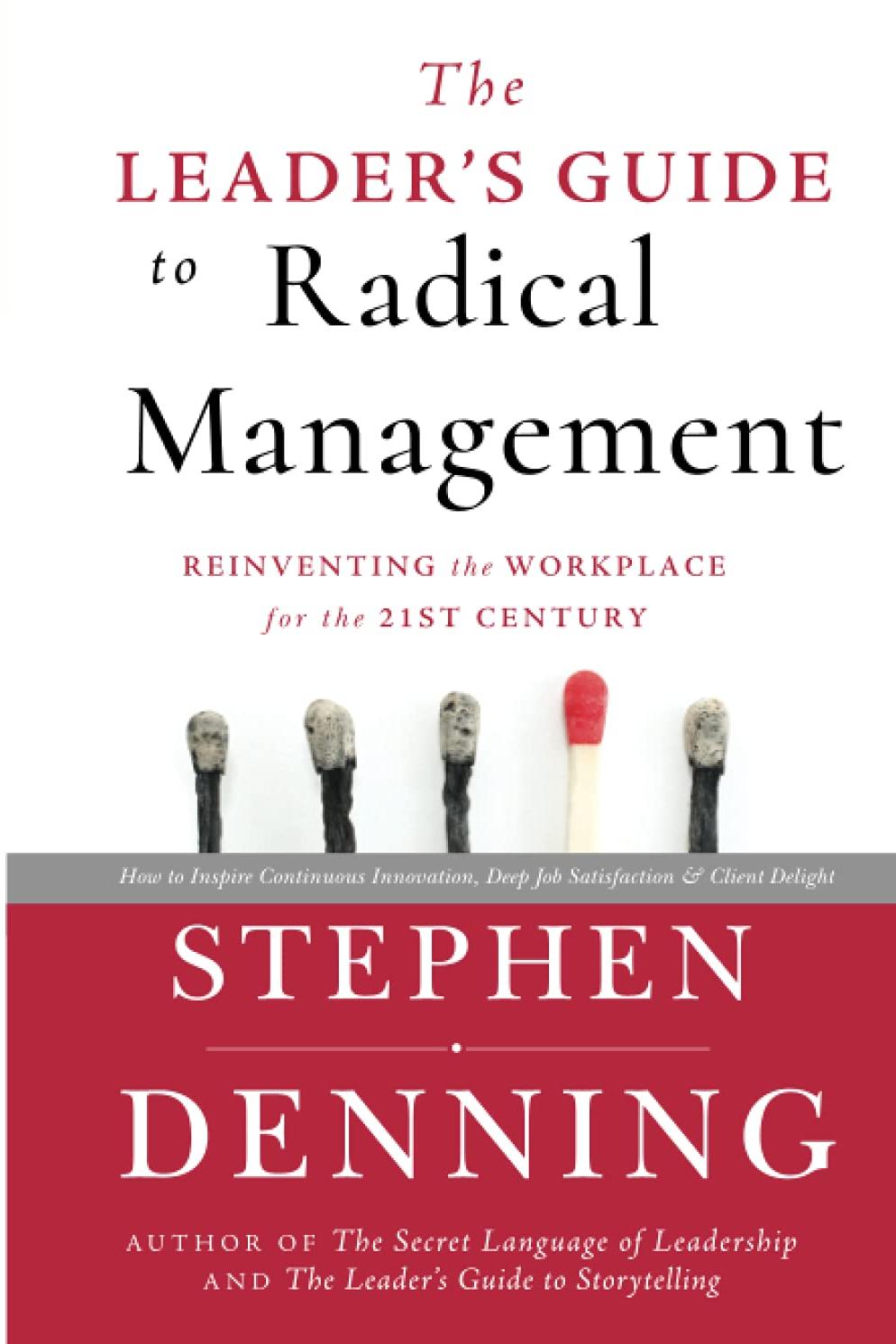
Radical Management
by Steve Denning
Management today is in need of a radical makeover - existing practices are not adequate to meet the needs of the modern high-speed world, and to support todays workforce who are motivated by an inspiring leadership.
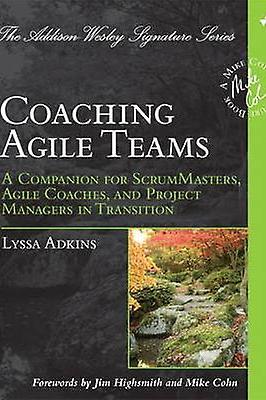
Coaching Agile Teams
by Lyssa Adkins
These are the perfect moments for a coach to make a point and for others to learn from it.” This book is able to teach numerous, practical things in each chapter. This book is a great source of coaching material.
Organizations
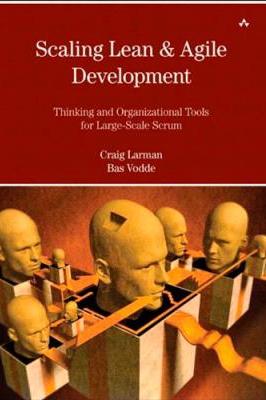
Scaling Lean & Agile Development
by Craig Larman & Bas Vodde
A successful enterprise transformation to large-scale lean or agile product development: the thinking tools and organizational redesign tools necessary to lay the foundation for new practices. Without leadership it is difficult to succeed with applying the practices.
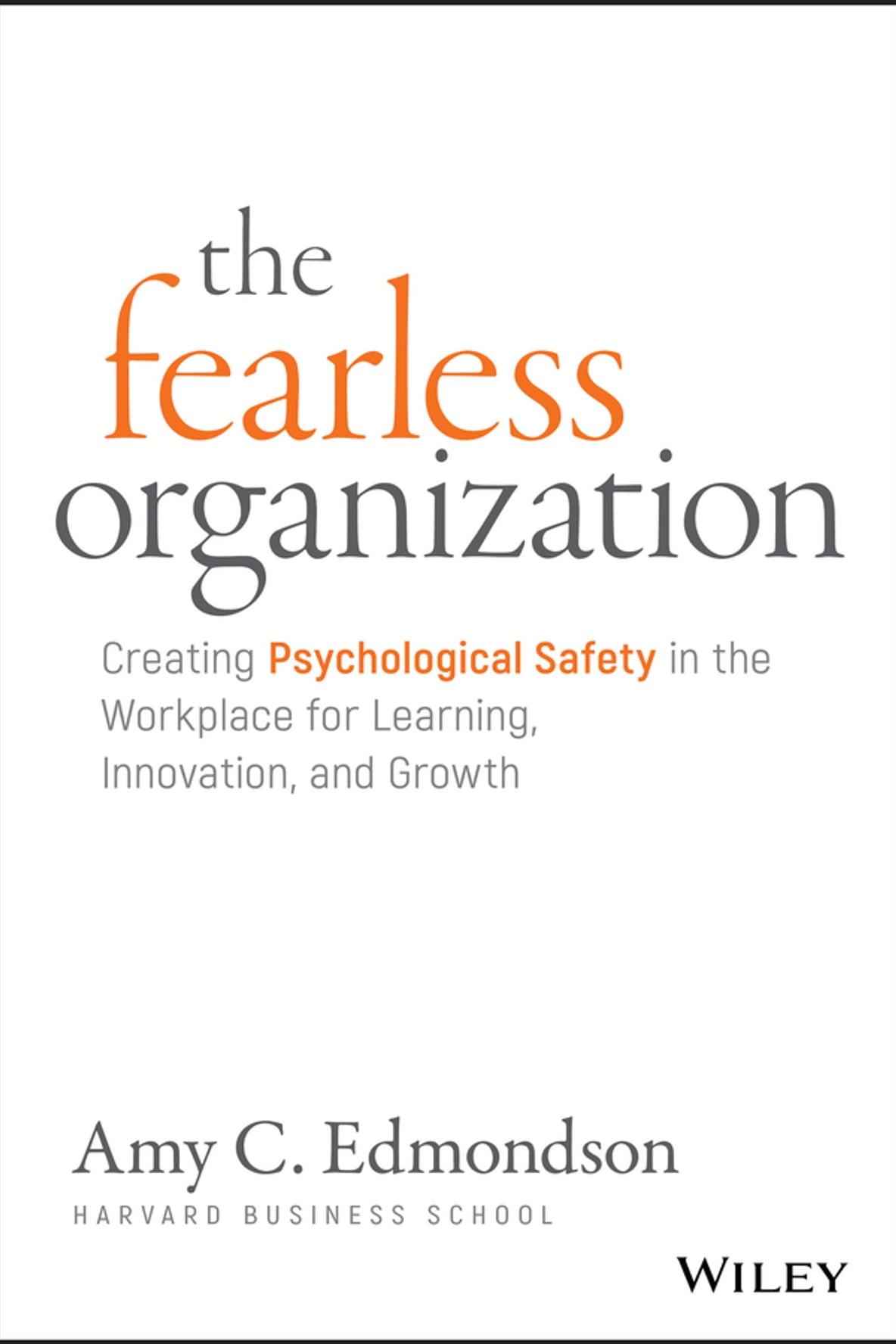
The Fearless Organization
by Amy Edmondson
This book delves into psychological safety and how the workplace can become an environment in which everyone feels confident enough to pitch in and do their best. These blinks explain why people hold back on sharing their ideas at work, how this harms businesses, and how leaders can encourage a culture of openness.
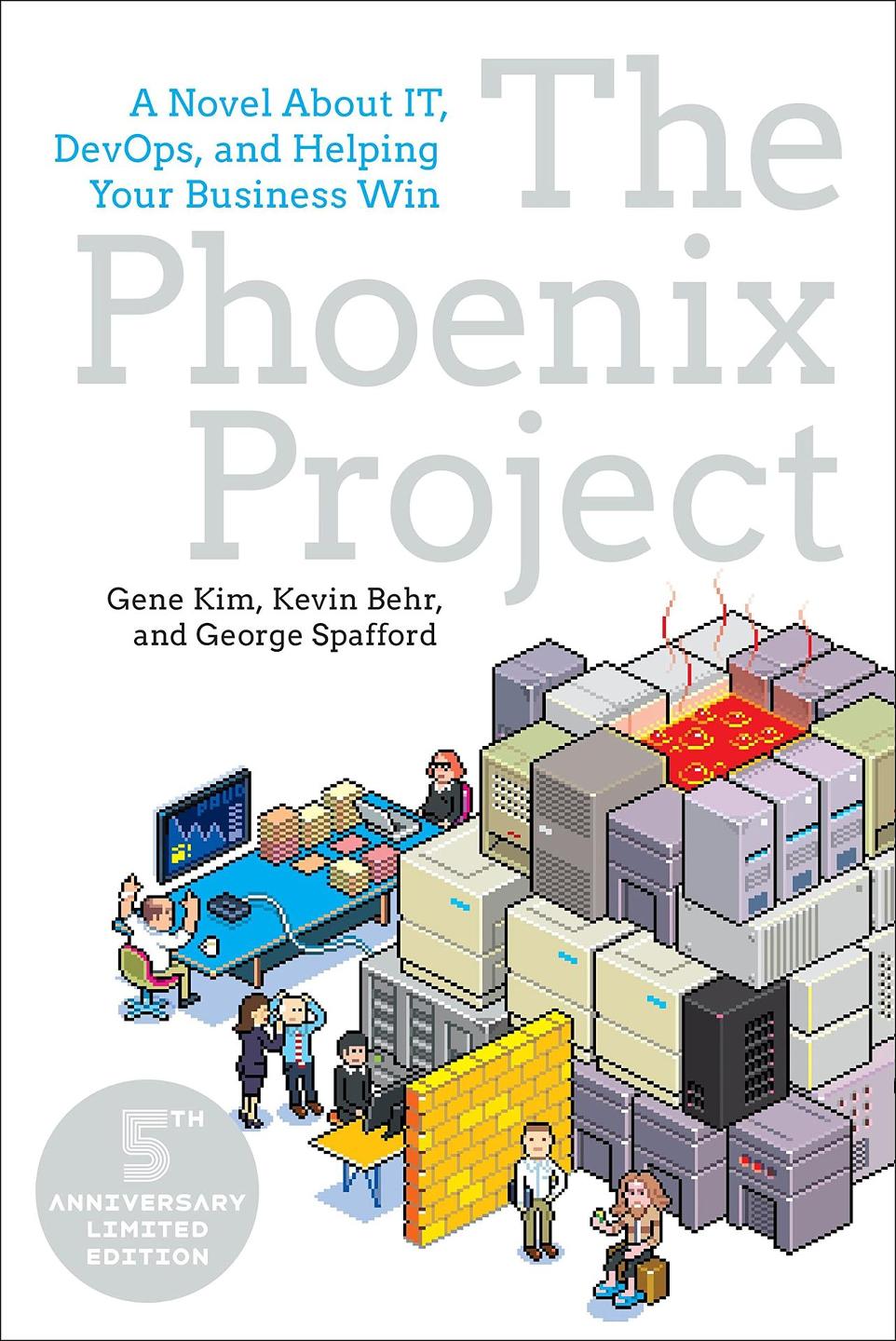
The Phoenix Project
by Gene Kim, Kevin Behr & George Spafford
This book explores how integrating the Development and IT Operations teams of a company’s IT department can improve communication, accelerate workflow, and increase value. It uses a fictional lens to unpack a common real-life scenario and helps visualize how DevOps can enable organizations to adapt to changes.

Reinventing Organizations
by Frederic Laloux
Frederic Laloux introduces the concepts and practices of a new generation of organizations that have made the leap to operate in a more soulful, purposeful, and productive way, thus allowing people to do productive and meaningful work, develop their talents/potential and fulfill their
Human Factors
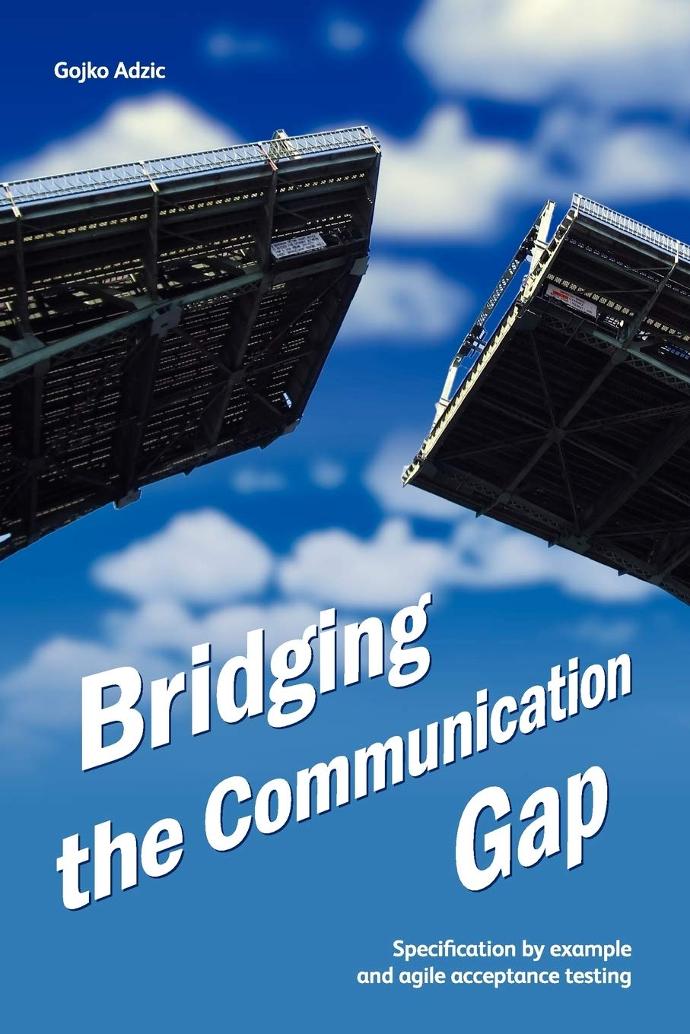
Bridging the communication Gap
by Gojko Adzic
A book about improving communication between customers, business analysts, developers and testers on software projects, especially by using specification by example and agile acceptance testing - can significantly improve the chances of success of a software project.

Agile People Picturebook
by Pia-Maria Thoren, Nico & Elsa Simpson
A straightforward book in the way it is written, full of easy to grasp concepts, concrete examples and real-life experiences. And while you read it, you really wonder why is HR not working this way already?
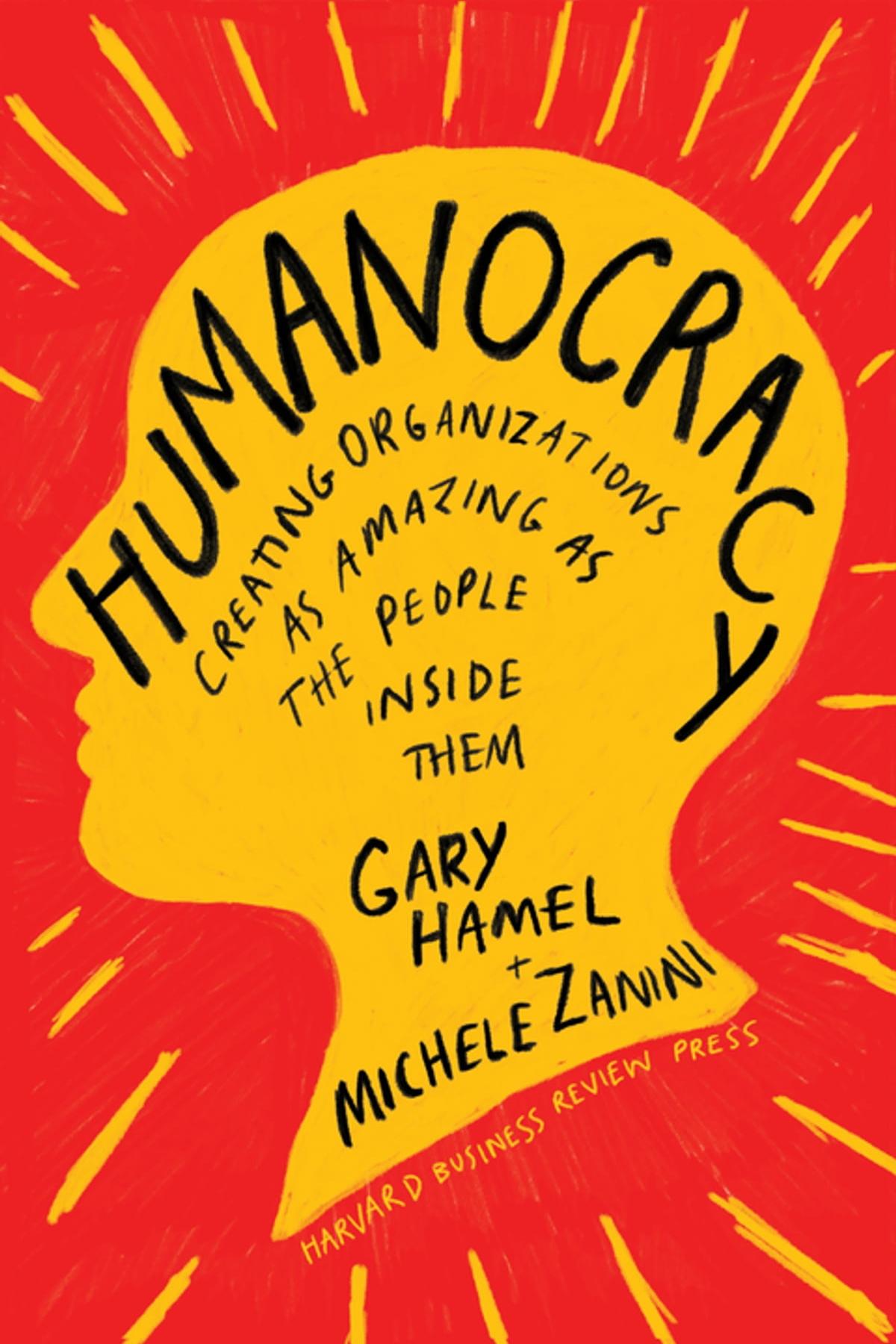
Humanocracy
by Gary Hamel & Michele Zanini
Drawing on more than a decade of research and packed with practical examples, Humanocracy lays out a detailed blueprint for creating organizations that are as inspired and ingenious as the human beings inside them.
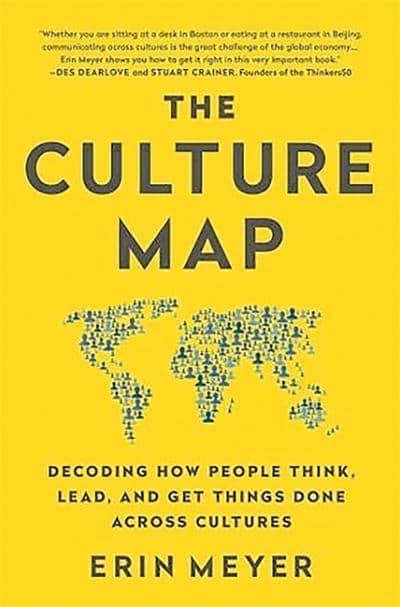
The Culture Map
by Erin Meyer
A framework for handling intercultural differences in business, and in doing so improves our ability to react to certain behaviors that might have once seemed strange, avoiding misunderstandings and maintaining conflict-free communication.
Leadership
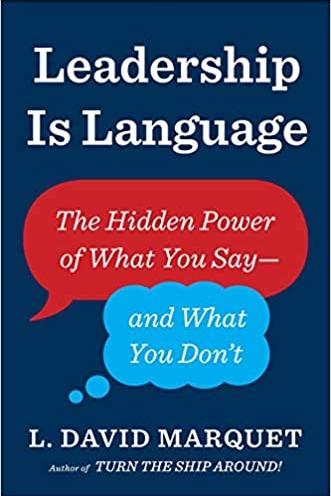
Leadership is a Language
by L. David Marquet
Written by a former US Navy captain, it teaches leaders how they can change their language and mindsets in order to improve decision-making, empower workers, and achieve better results.
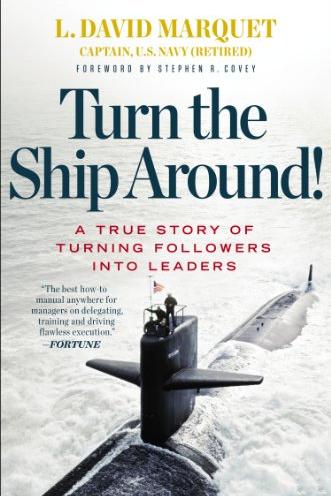
Turn the Ship Around
by L. David Marquet
The story of how one United States Navy captain managed to turn a dissatisfied submarine crew into a formidable and respected team. "Leadership should mean giving control rather than taking control."

Social Intelligence
by Daniel Goleman
Understanding how social intelligence works isn’t just fascinating in its own right, as psychologists and neuroscientists are now realizing, it can also help us create happier and less stressful societies.
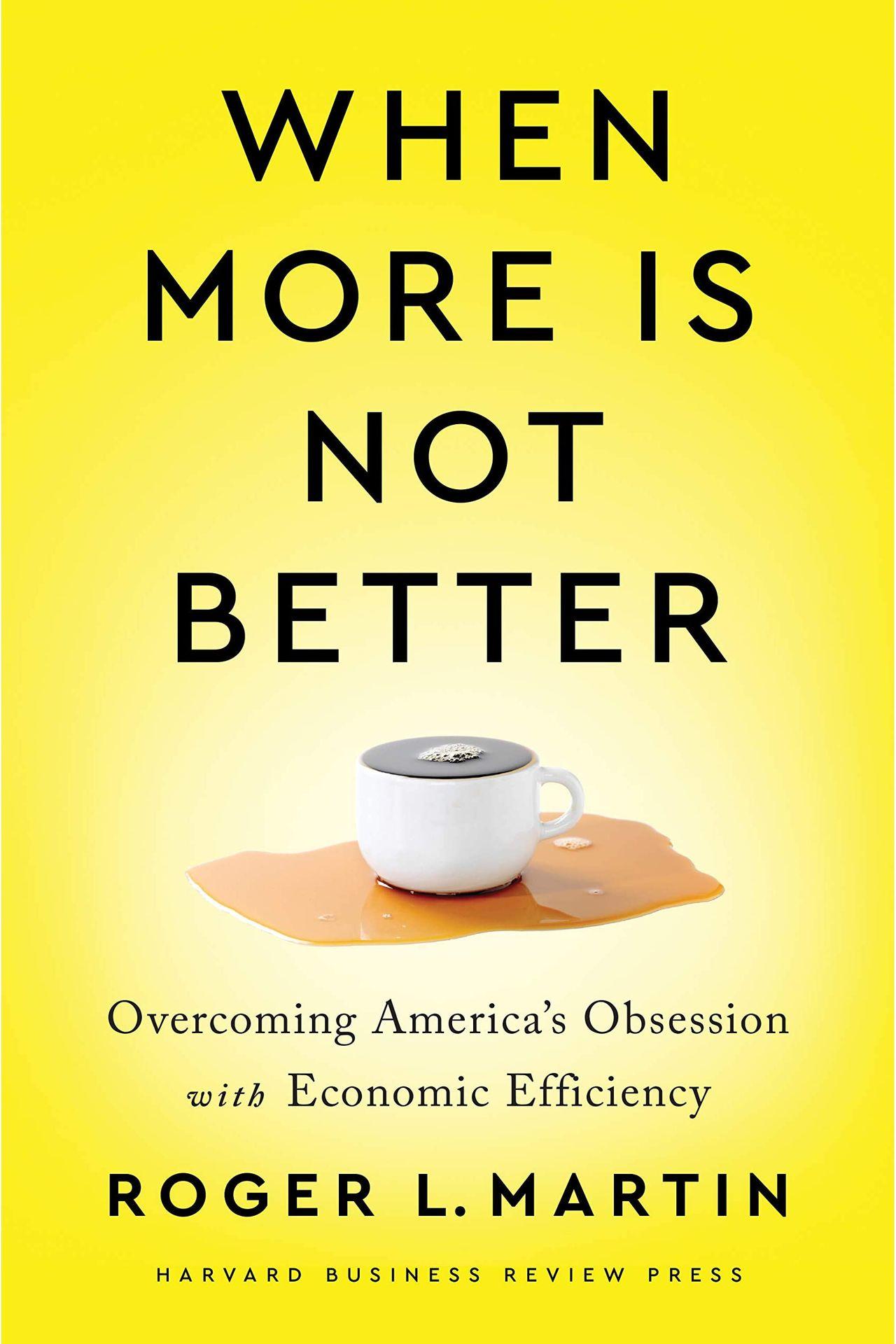
When More is not Better
by Roger L. Martin
Drawing from hard economic data and in-depth interviews with “regular Americans,” Roger Martin makes a persuasive case for rethinking perceived wisdom about the economy. Policy makers and business leaders will want to take note.
Teaming
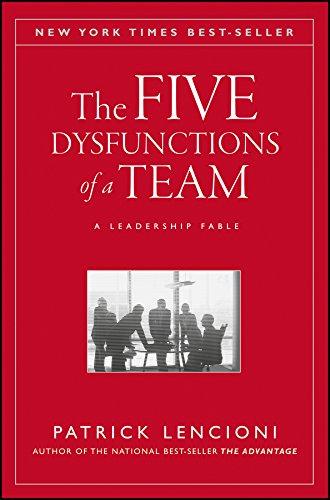
The Five Dyfunctions of a Team
by Patrick Lencioni
Taking your team from good to great, you need to rethink the assumptions and mental models that are keeping you stuck at good. New and more powerful ways of thinking about teams make new avenues and opportunities clearer.
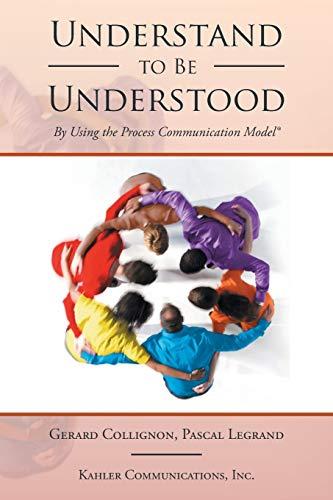
Understand to be Understood
by Gerard Collignon & Pascal Legrand
A book for anyone who seeks an improvement about coaching techniques, and be able to develop skills in: self-knowledge and self-awareness; self-management; knowledge and awareness of others, and relationship management.
Know More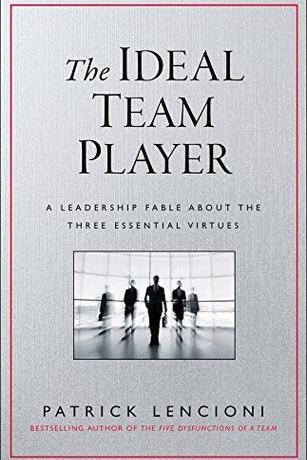
The Ideal Team Player
by Patrick Lencioni
This book explores the role teamwork plays in today’s business environment and shows you how to build a team geared for success. Is also explains what makes a good team player, how to find them and which strategies you’ll need to build a company based on teamwork.
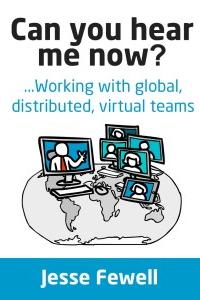
Can you hear me now?
by Jesse Fewell
Just about everyone interacts with people outside their own office. Certainly, there are benefits. This book offers offering actionable tips and insights on working in a virtual environment.
Strategy
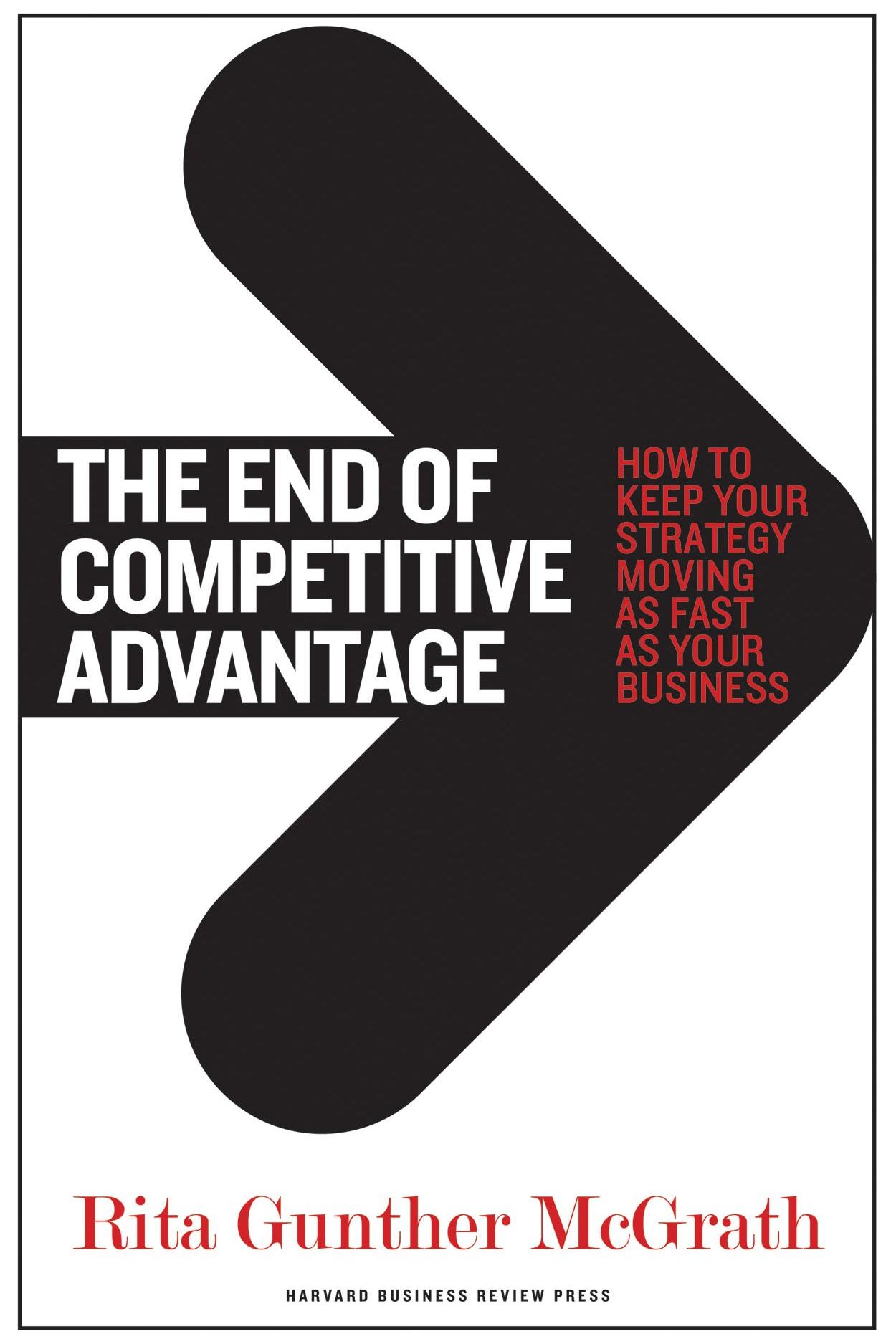
The End of Competitive Advantage
by Rita McGrath
The book serves as a ‘playbook’ for strategy that is based on updated assumptions about how the world works, and shows how some of the world’s most successful companies use this method to compete and to win.
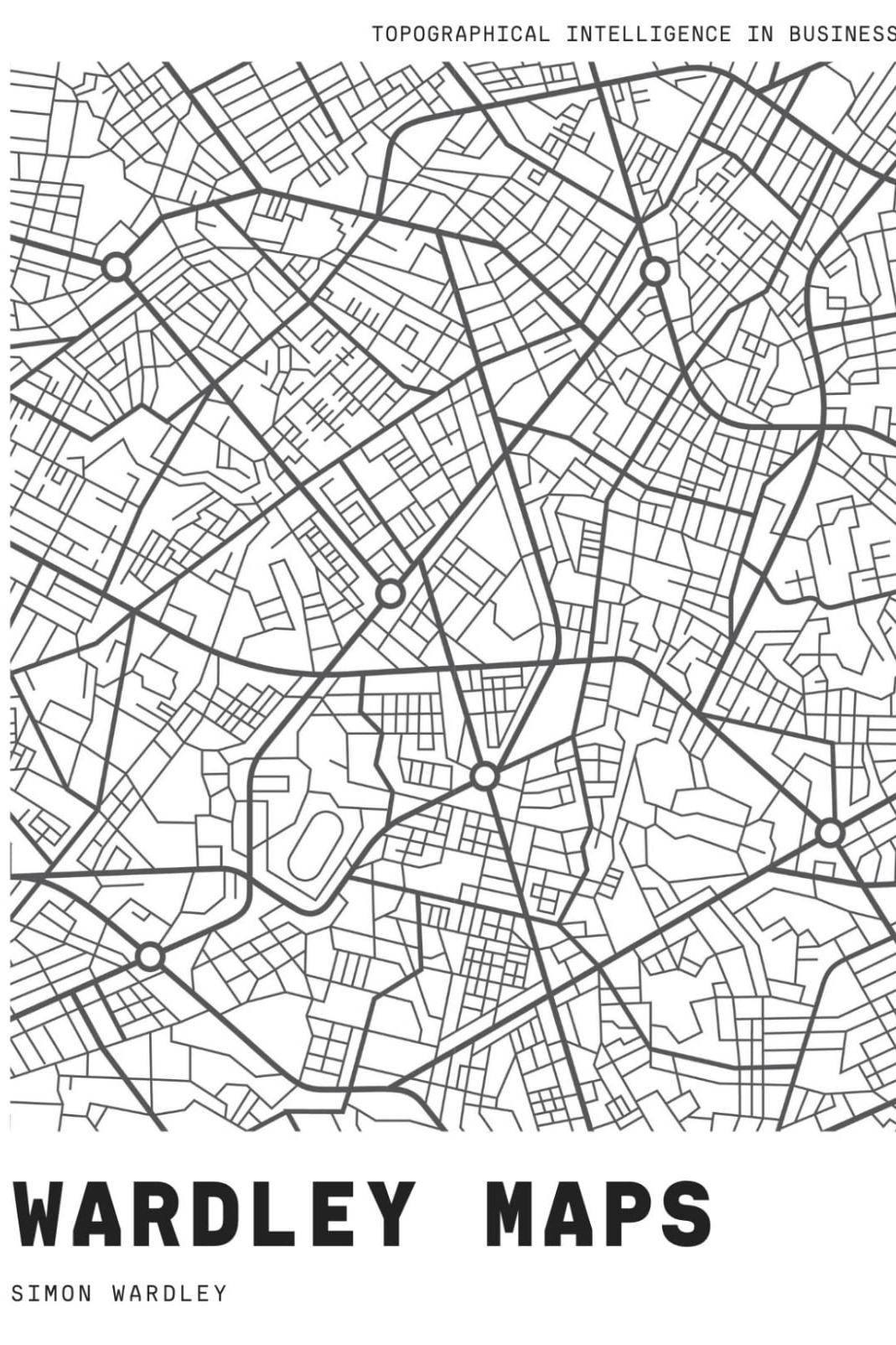
The Wardley Maps
by Simon Wardley
"This is the story of my journey, from a bumbling and confused CEO lost in the headlights of change to having a vague idea of what I was doing" (Simon Wardley).
A book about the process of developing a strategic mapping tool known as a "Wardley Map."

Dynamic Capabilities
by Constance E. Helfast
To survive under conditions of change, firms must develop the “dynamic capabilities” to create, extend, and modify the ways in which they operate. The capacity of an Organization to create, extend, or modify its resource base is vital.

Estratégia e Competitividade
by Luís Cardoso
This portuguese book has the purpose to present the strategies that must be developed and the competitive factors for the economy and for companies of the XXI century.
Know More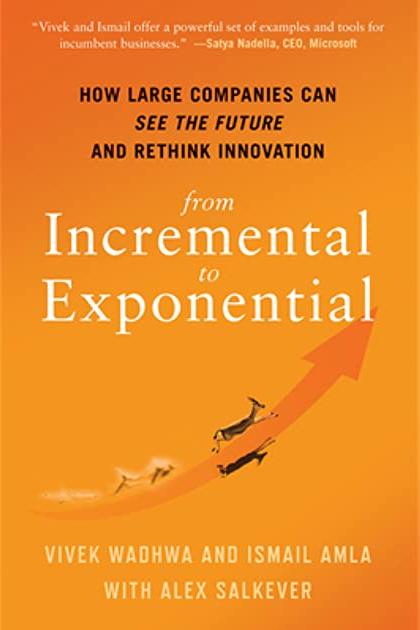
From Incremental to Exponential
by Vivek Wadhwa, Ismail Amla & Salkever
Based on decades of experience working with both the world's leading brands and disruptive start-ups, this book explores the opportunity legacy companies have to create new markets, supercharge growth, and remake their businesses by combining the mindset and tools of start-ups with the benefits of incumbency.

Seeing Around Corners
by Rita McGrath
"Snow melts from the edges". The changes that are going to fundamentally influence the future of your business are brewing on the periphery. To avoid being taken by surprise by an inflection point, you need to be exposed to what is happening at the edges - you do not need to be a CEO to see how an inflection is likely to unfold.
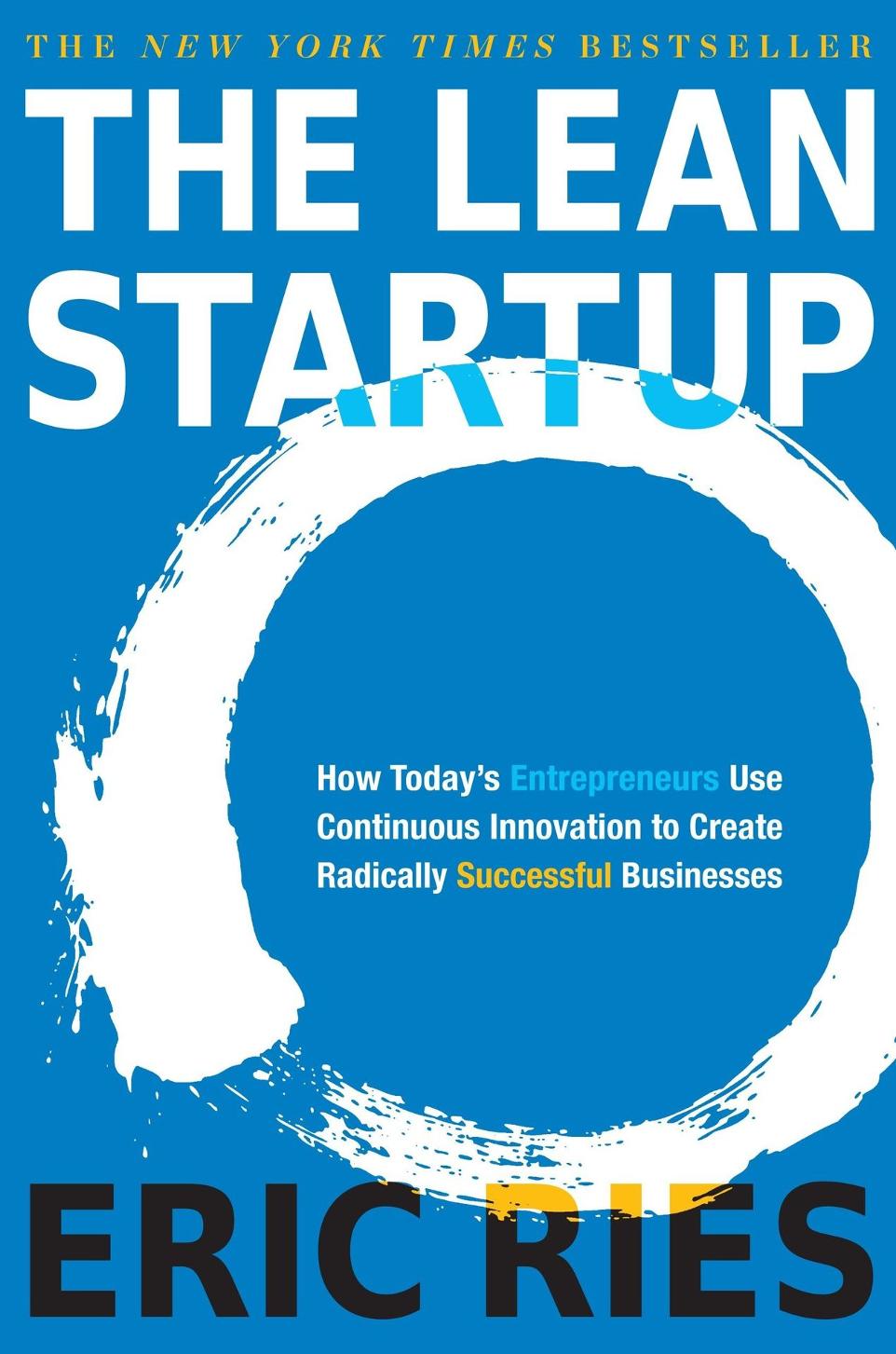
The Lean Startup
by Eric Ries
The Lean Startup (2011) helps start-ups and tech companies develop sustainable business models. It advocates continuous rapid prototyping and focusing on customer-feedback data. The method is based on the concepts of lean manufacturing and agile development, and its efficacy is backed up by case studies from the last few decades.
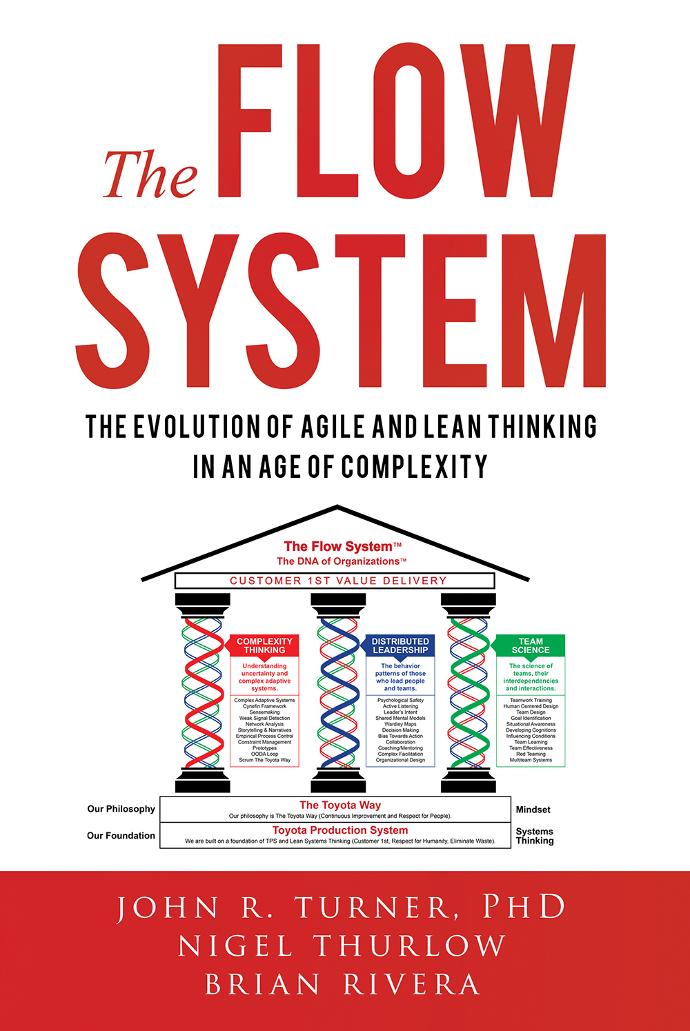
The Flow System
by John Turner, Nigel Thurlow & Brian Rivera
The Flow System enables business growth through eliminating non-value-added activities, fostering an environment for innovation, enabling the rapid delivery of value, and shortening the time to market.
Tools and Practices
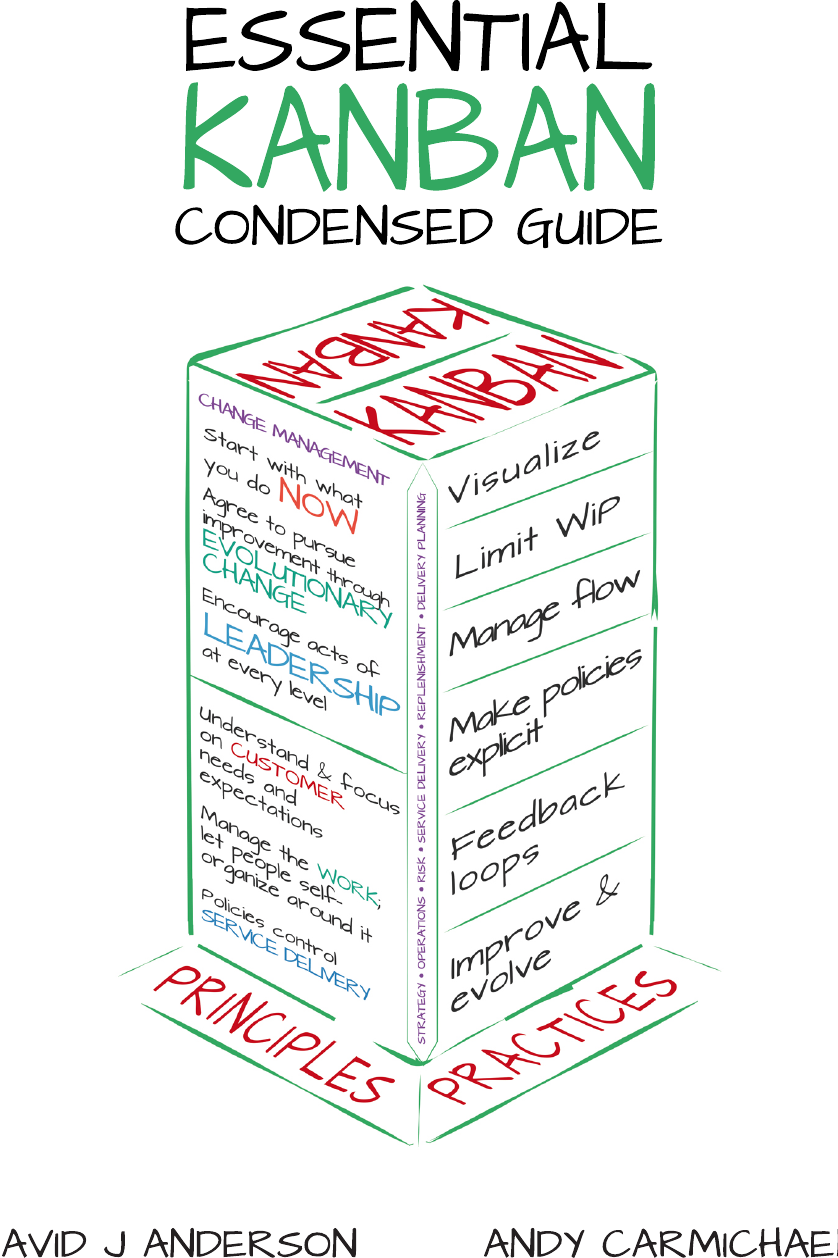
Essential Kanban Condensed
by Andy Carmichael and David J. Anderson
This book provides a distillation of Kanban, of what it is and how it can be used. This brief overview introduces all the principal concepts and guidelines in Kanban and points you to where you can find out more. Essential Kanban Condensed is a great resource to get started or continue exploring ideas for evolutionary change and improvement in business agility.
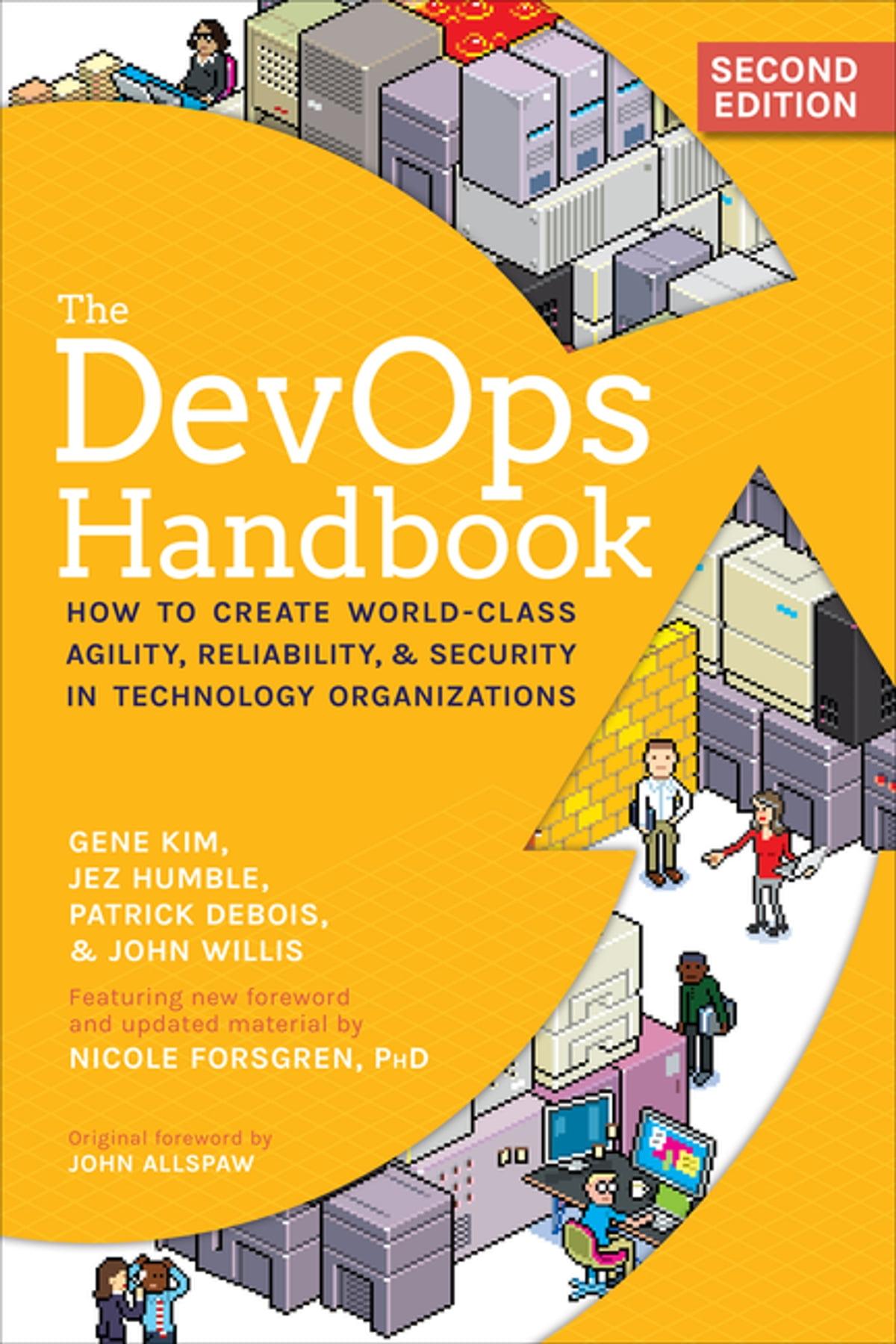
The DevOps Handbook
by Gene Kim, Jez Humble, Patrick Debois & John Willis
The DevOps Handbook is one of the most important DevOps books on the market. It combines the most important DevOps ideas, examples from known companies, and best practices. It does not have any code so it is an ideal book for non-technical readers that would like to know what their teams are talking about.
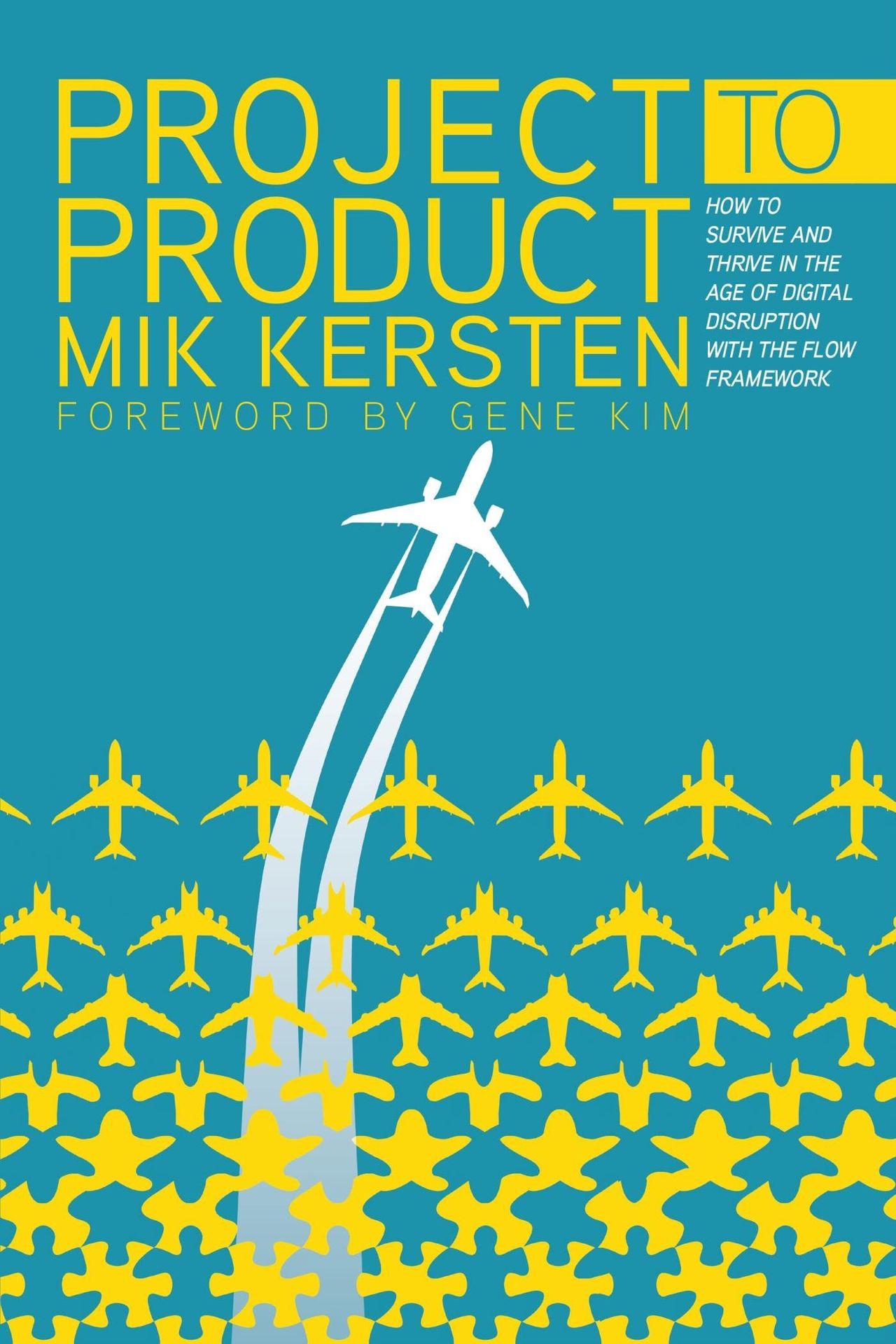
From Project to Product
by Mik Kersten
In the Age of Software, will your business dominate and maintain relevance - or will it become a digital relic? As tech giants and startups disrupt every market, those who master large-scale software delivery will define the economic landscape of the 21st century, just as the masters of mass production defined the landscape in the 20th.
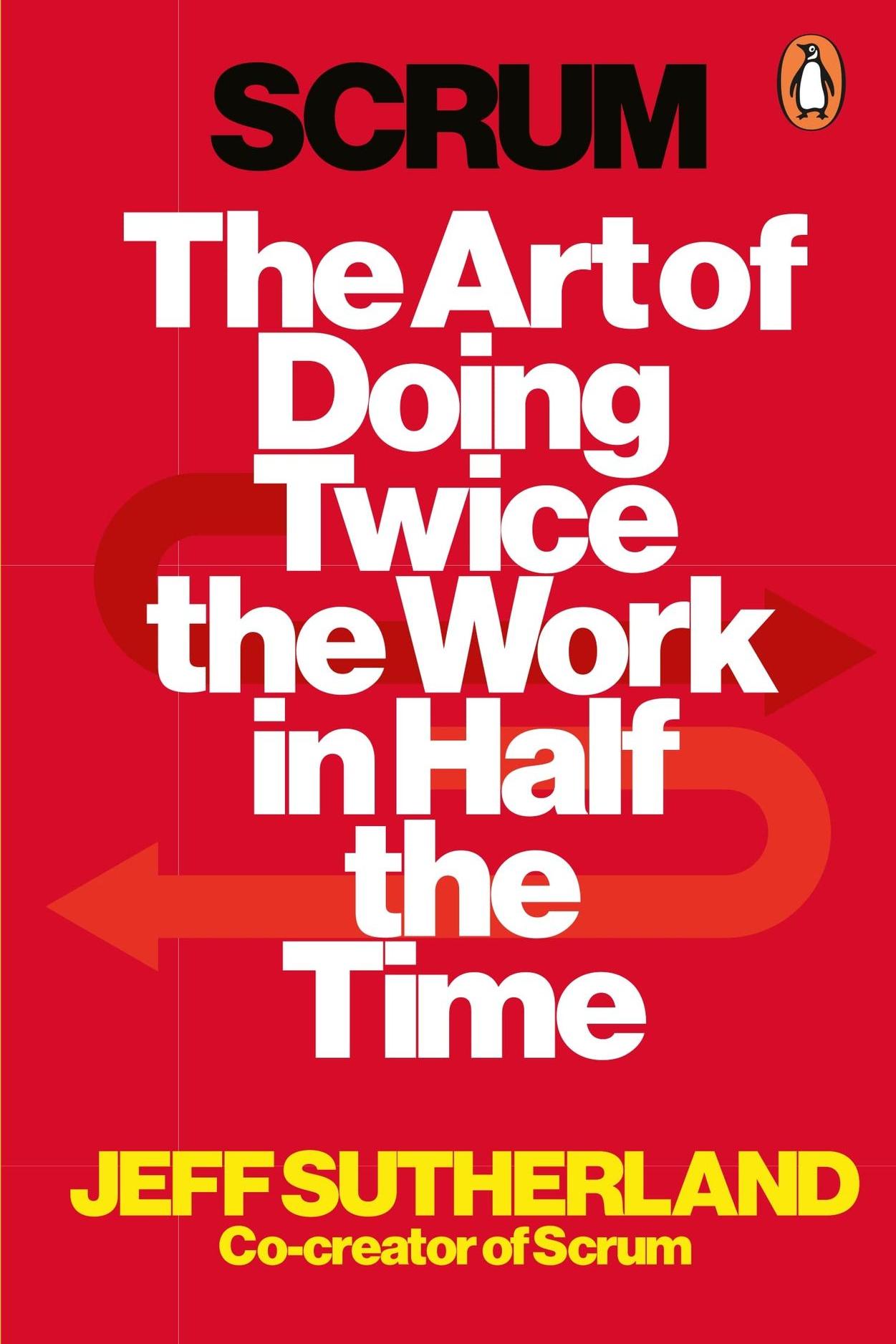
Scrum
by Jeff Sutherland
Learn all about Scrum, the project management system that has revolutionized the technology industry. This is a uniquely adaptive, flexible system that allows teams to plan realistically and adjust their goals through constant feedback. By using Scrum, your team can improve their productivity (and the final result) without creating needless stress or working longer hours.